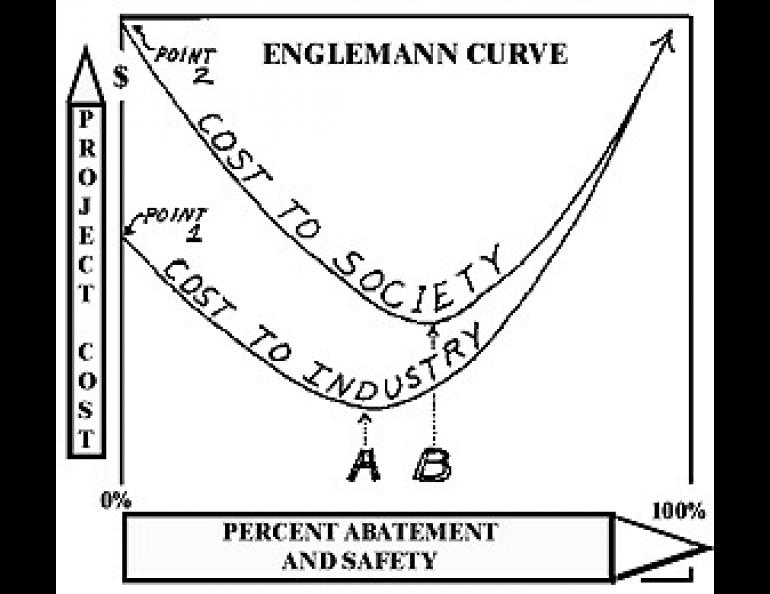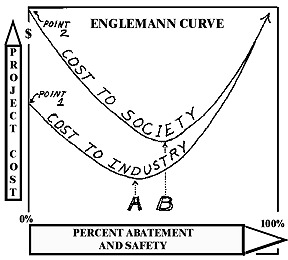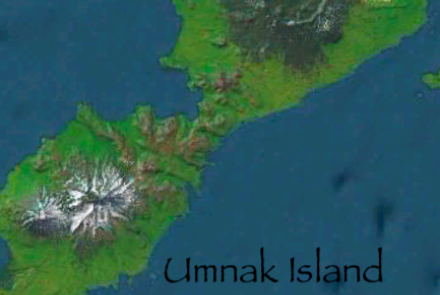
The Engelmann Curve
In the first cowboy movies, the color of a man's hat told if he was a good guy or a bad guy. We still often try to simplify a complicated matter by pinning black or white labels on different sides of the issue, and we don't always allow for shades of gray.
An example close to all northerners right now is the complicated question of how much protection for the environment should we demand when we build a pipeline, a dam or some other engineering project.
A refreshing way to view this problem because it helps one to see the shades of gray is the "Engelmann Curve." I put this name on the curve since it was Dr. Rudolf Engelmann of the National Oceanographic and Atmospheric Administration who described the idea of it to a group of scientists recently. The idea may or may not have originated with him.
The idea is this: Suppose an industry builds a project without any consideration for environmental factors or even the minimum engineering standards of construction. Consequently the project fails--the building falls down, the dam collapses or the pipeline breaks. The cost to the industry in high (Point 1 on the graph). If the failure causes additional damage to the environment, there will even be a higher cost to society (Point 2).
Obviously it is wiser for the industry to take some preventive action. From the industry's viewpoint, there is an ideal percentage of abatement that will place the project at the minimum of the "Cost to Industry" curve (Point A).
But usually, for society as a whole, it is cheaper to increase the investment in abatement over to Point B where a minimum in the Cost to Society curve occurs. Then if a higher percentage of abatement, with its accompanying greater safety, is taken, the total cost to industry and society both climb. If a too-high margin of safety, say near 100%, is demanded, the cost may skyrocket the project out of existence.
Neither industry nor society benefits in the abatement regions far below Point A and far above Point B. So the only real conflict comes in the cost difference represented by the separation between Points A and B. Assuming one can decide where Points A and B should be located, should industry pay the cost difference or should society?




